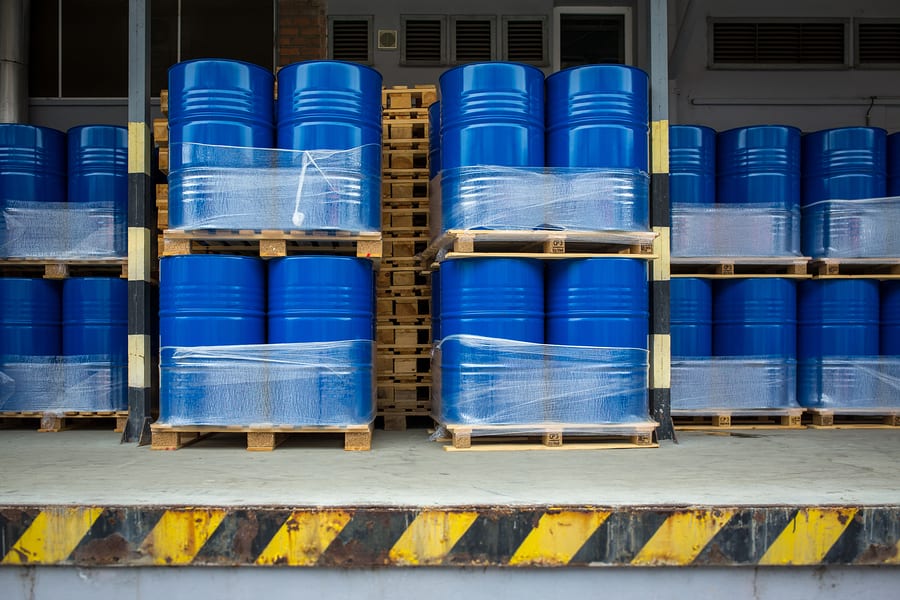It’s about that time again — the deadline to report your Toxic Release Inventory (TRI) data is quickly approaching. Here we’ll give you a quick rundown on what the inventory is, if you need to report, and the reporting process.
About the TRI
Requirements from the Emergency Planning and Community Right to Know Act (EPCRA) and the Pollution Prevention Act (PPA) require certain facilities to report on toxic chemical disposal, releases, and other waste management activities. Each year, the data is compiled into the TRI, which is intended to help communities, government agencies, companies, and other entities make informed decisions.
TRI chemicals typically include those that cause:
- Cancer or other chronic human health effects
- Significant adverse acute human health effects
- Significant adverse environmental effects
Right now, the TRI covers 595 individually listed chemicals and 33 chemical categories. You can download the full list here.
Who needs to report?
Generally, larger facilities in manufacturing, metal mining, electric power generation, chemical manufacturing, and hazardous waste treatment need to report. If you’re not sure if your facility is covered, all you need is to look up your North American Industry Classification System (NAICS) on this page on the EPA website.
More reporting criteria include:
- 10+ full-time equivalent employees
- Meets chemical thresholds for one or more TRI chemical during the calendar year
If you don’t have your NAICS code, refer to the U.S. Census Bureau’s Frequently Asked Questions (FAQs) to help you determine the appropriate code.
How to report
The EPA has made TRI reporting relatively simple.
Step 1: Register for a Central Data Exchange (CDX) account if you haven’t already
Step 2: Use the TRI-MEweb application to prepare your TRI reporting forms
Step 3: Get your forms certified by an official
Step 4: Submit your forms to the EPA and your state or tribe by July 1
Additional resources
- TRI Questions and Answers
- Descriptions of TRI Data Terms
- Toxic Chemical Release Inventory Reporting Forms and Instructions
- TRI Program Contacts
- TRI Regional Coordinator Directory
Need a hand with your TRI reporting? The experts at TriMedia can help — contact us for a quote today.

